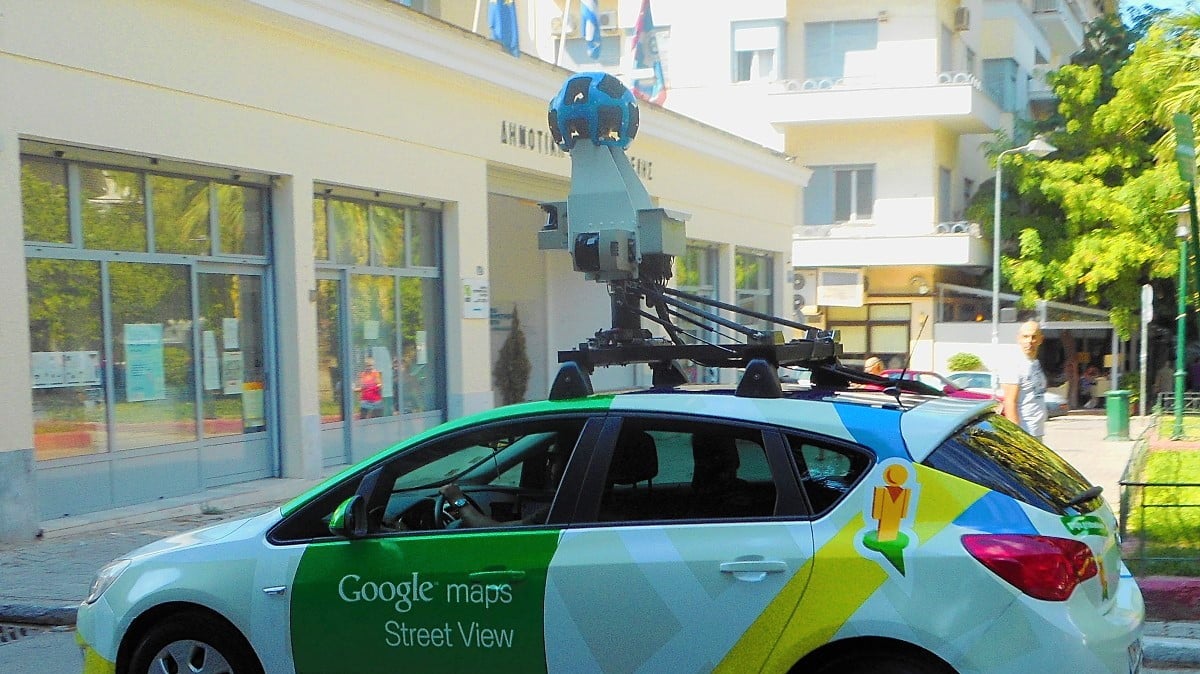
Greece and New Zealand on Wednesday became the first countries outside of the U.S. to receive Google’s new technology that allows Android phones to alert users seconds before an earthquake hits.
Android’s partner “ShakeAlert System,” out of California, notifies users of tremors and advises the public to seek shelter before an earthquake begins. The system can calculate the intensity and reach of the tremors early, giving enough time to slow trains and prevent cars from entering tunnels or bridges before an earthquake occurs.
The phone’s Emergency Location Service also allows first responders access to the user’s phone’s location, enabling help to come quickly. Once the eathquake has ended, users can tap for advisories on what to do next.
Android Offers Manageable Safety Technology
Devices can also determine if users have been in an accident and will promptly ask if they need help. If the phone receives no response, emergency services will be notified of the user’s location. The technology also allows users to schedule check-in times if they are going on a solo trip or are taking a late-night rideshare. If the phone does not receive a response at a scheduled time, the device will send the user’s location to emergency contacts.
Greece’s many seismic events
Greece lies in a highly seismically active region; the vast majority of earthquakes cause no damage or injuries, however.
The country is located in a complex boundary zone in the eastern Mediterranean between the African Plate and the Eurasian Plate. The northern part of Greece lies on the Eurasian Plate while the southern part lies on the Aegean Sea Plate.
The Aegean Sea Plate is moving southwestward with respect to the Eurasian Plate at about 30 mm per year while the African Plate is moving northward, beneath the Aegean Sea Plate, at a rate of about 40 mm per year.
The northern plate boundary is a relatively diffuse divergent boundary while the southern convergent boundary forms the Hellenic Arc.
These two plate boundaries give rise to two contrasting tectonic styles, extension on east–west trending fault zones with strike-slip tectonics on SW-NE trending fault zones throughout west and central Greece, Peloponnese and the northern Aegean and contractional in the southern Aegean, continuing around to the Ionian islands.
See all the latest news from Greece and the world at Greekreporter.com. Contact our newsroom to report an update or send your story, photos and videos. Follow GR on Google News and subscribe here to our daily email!



